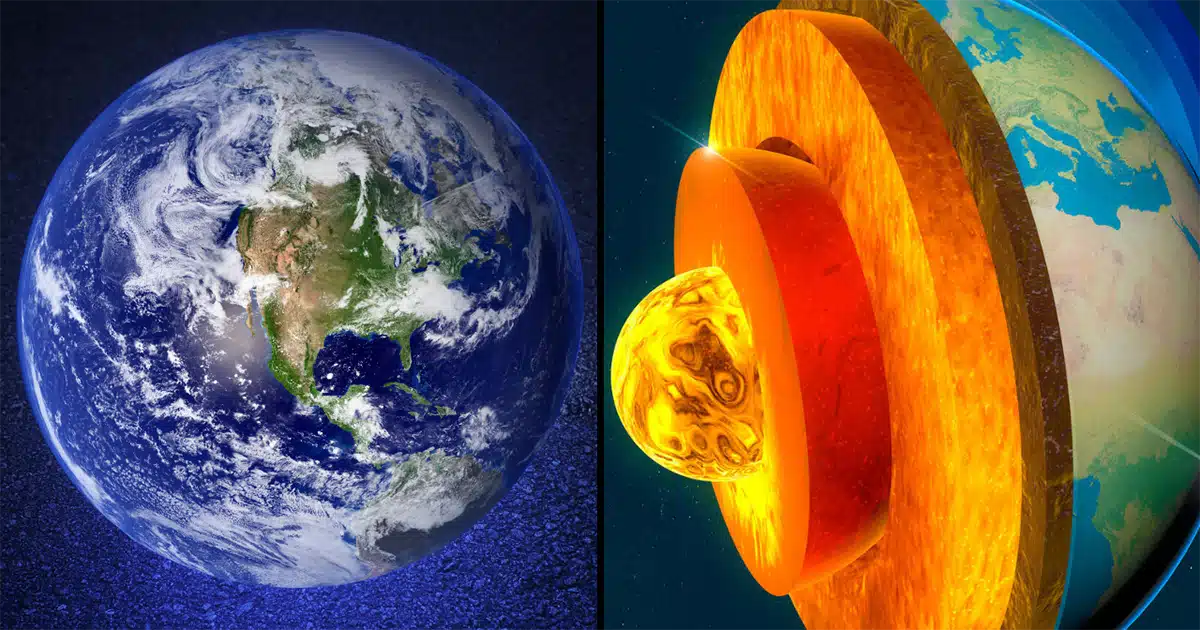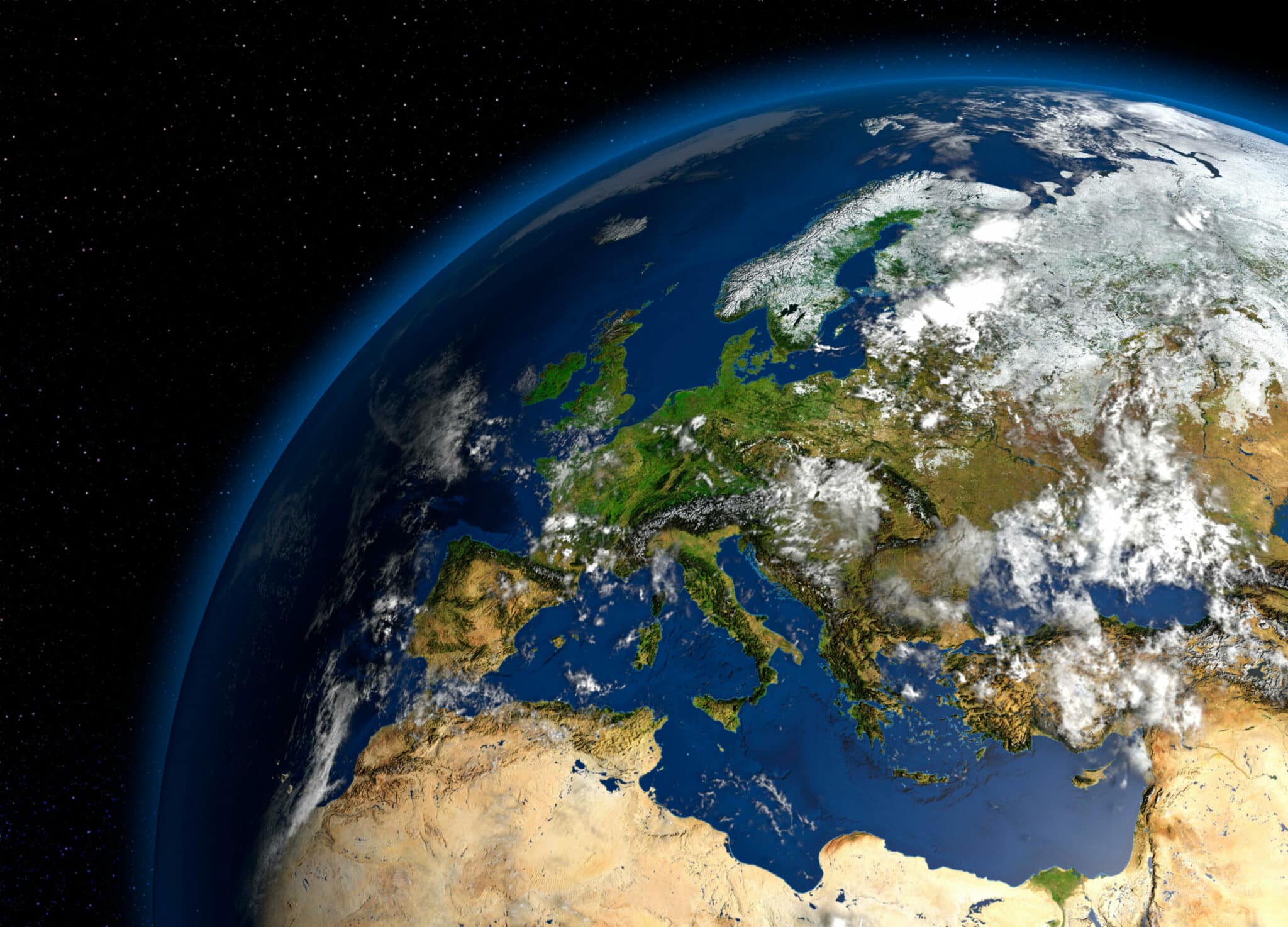A study says that the core of the Earth has stopped spinning and could now be moving in the opposite direction.
The crust, the mantle, and the inner and outer cores are the four parts that make up the Earth.
The liquid outer core separates the solid inner core, which is about 3,200 miles below the Earth’s crust. This lets the inner core spin at a different speed than the planet as a whole.
But a recent study has shown that the Earth’s core has been shaken up.
Check out this explanation of what’s going on in the center of the Earth.
Since the 1960s, Yi Yang, who is an associate research scientist at Peking University, and Xiaodong Song, who is the chair professor at Peking University, have been studying the seismic waves from earthquakes that have followed similar paths through the Earth’s inner core.
The purpose of this study was to find out how fast the inner core is.
They were surprised by what they found, though, because seismic records, which change over time, haven’t changed much since 2009.
This made them think that the inner core had stopped moving.
In their research paper that was published in Nature Geoscience, they wrote:
We show surprising observations that indicate the inner core has nearly ceased its rotation in the recent decade and may be experiencing a turning-back.
When you look at the decade between 1980 and 1990 you see clear change but when you see 2010 to 2020 you don’t see much change.
Song and Yang also say that, based on their research and calculations, a small imbalance in the electromagnetic and gravitational forces could slow or even stop the rotation of the inner core.
Hrvoje Tkalcic, a geophysicist at the Australian National University, thinks that the Earth’s core is now more “in sync” with the rest of the planet.
He adds:
The inner core doesn’t come to a full stop.
[This] means that the inner core is now more in sync with the rest of the planet than a decade ago when it was spinning a bit faster.
Nothing cataclysmic is happening.
Song and Yang both agree that more research needs to be done to get a clearer picture of what’s going on inside the Earth.
The Earth’s core is about the size of Mars and has a diameter of almost 2,200 miles.
It is mostly iron and nickel and weighs about a third as much as the Earth.
In his book, “The Earth’s Inner Core: Revealed by Observational Seismology,” Tkalcic goes into more detail about why it’s been hard to learn about the center of our planet.
He writes:
The objects of our studies are buried thousands of kilometres beneath our feet.
We use geophysical inference methods to infer the Earth’s internal properties, and caution must be exercised until multi-disciplinary findings confirm our hypotheses and conceptual frameworks.
You can think of seismologists like medical doctors who study the internal organs of patients’ bodies using imperfect or limited equipment.
So, despite progress, our image of the inner Earth is still blurry, and we are still in the discovery stage.










